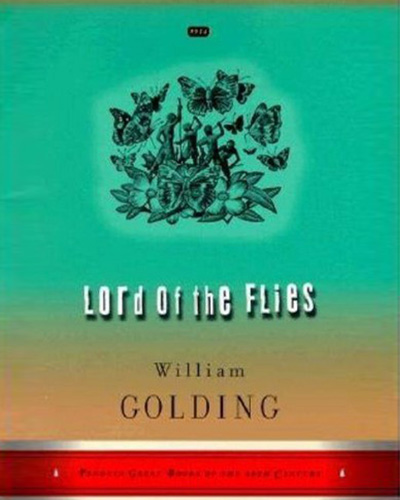
| Language | From $0.00 |
| Release Date | September 17, 1954 |
| Genre | Classics |
| Author | William Golding |
| File Size | Penguin Books |
| Rating | (4.41) |
The plot of Lord of the Flies revolves around a group of British schoolboys stranded on a deserted island after their plane crashes during a wartime evacuation. Without any adult supervision, the boys must establish their own society, with Ralph being elected as their leader. As the story unfolds, the boys face several challenges and a struggle for power ensues, ultimately leading to chaos and savagery.
The main characters in the novel include Ralph, the protagonist and elected leader; Piggy, Ralph’s loyal and intelligent advisor; Jack, the head of the hunters and Ralph’s primary antagonist; and Simon, a sensitive and introspective boy who serves as the novel’s moral compass.
One of the primary themes in Lord of the Flies is the conflict between civilization and savagery. The boys' initial attempts to establish a functioning society with rules and order quickly deteriorate as their primal instincts take over. This theme is exemplified through the characters of Ralph, who represents civilization, and Jack, who embodies the savagery that ultimately consumes the group.
Another central theme is the loss of innocence as the boys gradually descend into violence and cruelty. As they abandon their civilized ways, their innocence is replaced by brutality, highlighting the fragile nature of societal norms and the inherent darkness within human beings.
Fear is a driving force in the novel, as the boys become increasingly terrified of an imagined beast lurking on the island. This fear is manipulated by certain characters, such as Jack, to gain power and control over the group, demonstrating how easily fear can be used to manipulate and dominate others.
Golding’s writing style in Lord of the Flies is characterized by vivid descriptions and powerful imagery. His use of symbolism and allegory throughout the novel adds depth to the story and enhances its thought-provoking nature.
The novel’s characters are well-developed, with each showcasing distinct traits and personalities. As the story unfolds, the characters evolve and change, reflecting the novel’s themes of power, fear, and the struggle between civilization and savagery.
Golding employs vivid imagery and foreshadowing to create tension and suspense throughout the novel. The presence of the “beast” serves as a constant source of fear and paranoia, while the gradual disintegration of the boys' society is foreshadowed through various symbols, such as the shattered conch shell.
Upon its initial publication, Lord of the Flies received mixed reviews, with some critics praising its thought-provoking themes and others dismissing it as a bleak and pessimistic view of humanity. Over time, however, the novel has become recognized as a classic and has been widely studied in schools and universities.
Lord of the Flies has had a significant impact on popular culture and literature, inspiring numerous adaptations, including a 1963 film by Peter Brook and a 1990 film directed by Harry Hook. The novel’s themes and symbolism have also influenced various other works, such as the popular TV series Lost.
Lord of the Flies is a powerful, thought-provoking novel that explores themes of civilization, savagery, and the inherent darkness within human beings. Through its compelling characters, vivid imagery, and timeless themes, William Golding’s classic novel continues to captivate and challenge readers more than six decades after its initial publication.